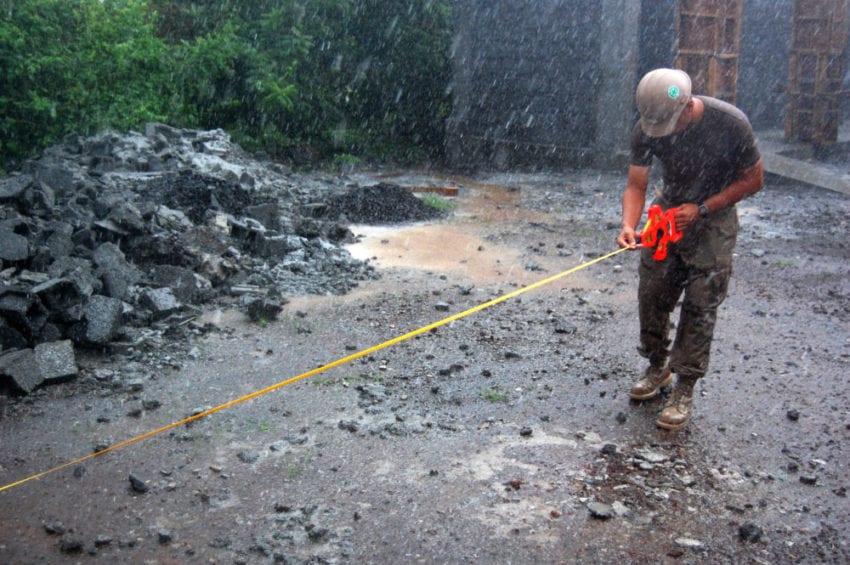The 5th Circuit Court of Appeals in New Orleans has ruled that general contractors can be held responsible for subcontractors that create OSHA violations.
10-Second Summary
- New ruling clarifies that a “controlling employer” can be cited for violations created by its subcontractors
- Includes violations that do not directly affect the controlling employer’s own employees
- Reverses the 1981 Melerine v. Avondale Shipyards, Inc. ruling that employers only have to worry about their own employees
Subcontractor Violations are Now General Contractor Problems
If you’re familiar with OSHA, it’s no surprise that employers are responsible for maintaining safe work environments for their employees. Based on a 1981 ruling (Melerine v. Avondale Shipyards, Inc.), that’s where it ended. Other company’s employees were their own problem.
In a decision filed on November 26, 2018, that changes.
Here’s a breakdown of the scenario that triggered the change:
- Hensel Phelps was contracted to build a new library for the City of Austin
- They subcontracted Haynes Eaglin Watters, LLC for work on the project’s Seaholm Substation East Screen Wall
- Haynes Eaglin Watters then subcontracted demo work to CVI Development, LLC
- During the process, Haynes created a soil wall without adequate sloping or other protective measures that CVI employees were required to work around, exposing them to the risk of cave in
In this scenario, the subcontractor actually created the violation, but Hensel’s (the general contractor) and Haynes’ (subcontractor) employees were never exposed to the risk. The OSHA inspector only witnessed CVI employees in the risk area.
Under the old law, that’s CVI’s problem. What this new ruling does is place responsibility on the general contractor (controlling employer in legalese) since that company has control over the project and its progress.
What This Means for Your Business
The bottom line is that you as the general contractor hold ultimate responsibility for creating a safe work environment for your employees as well as employees of any company you subcontract.
If your subcontractor does work that exposes any company’s employees to risk, expect OSHA to go after the subcontractor for creating the hazard and your firm for allowing it.
Additional Thoughts
After reporting on OSHA’s top 10 violations for 2018, it seems like the numbers are way too low considering how many violations we see just in our small area of central Florida.
The takeaway – OSHA is more reactive than proactive. This story is no different considering it took an employee who reported the violation to OSHA to get their attention.



